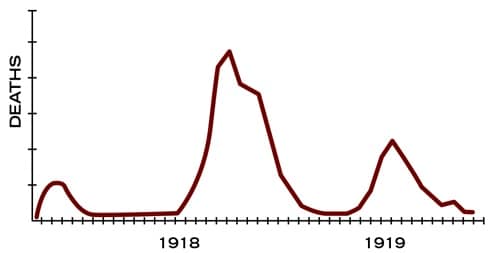History Learner
Well-known member
In 1919, there was a major war scare with Mexico over the attack on American diplomats and a threat to nationalize the oil industry (largely owned by Americans), which gave at the worst possible point as America was already in the throes of the First Red Scare. Congress at this time also produced documentation of Pro-German and Pro-Bolshevik actions within Mexico, inflaming the crisis. Ultimately it came down solely to President Wilson.
For more info:
Woodrow Wilson and the Mexican Interventionist Movement of 1919
1919: William Jenkins, Robert Lansing, and the Mexican Interlude
Tempest in a Teapot? The Mexican-United States Intervention Crisis of 1919
Of note, to me personally, is this statement before Congress by Congressman J.W. Taylor of Tennessee:
For more info:
Woodrow Wilson and the Mexican Interventionist Movement of 1919
1919: William Jenkins, Robert Lansing, and the Mexican Interlude
Tempest in a Teapot? The Mexican-United States Intervention Crisis of 1919
Of note, to me personally, is this statement before Congress by Congressman J.W. Taylor of Tennessee:
"If I had my way about it, Uncle Sam would immediately send a company of civil engineers into Mexico, backed by sufficient military forces, with instructions to draw a parallel line to and about 100 miles south of the Rio Grande, and we would...annex this territory as indemnity for past depredations . . and if this reminder should not have the desired effect I would continue to move the line southward until the Mexican government was crowded off [the] North America."
These feelings were the culmination of a decade of frustration and anger with Mexico, stretching back into the height of that country's Revolution/Civil War. To quote from "An Enemy Closer to Us than Any European Power": The Impact of Mexico on Texan Public Opinion before World War I by Patrick L. Cox, The Southwestern Historical Quarterly, Jul., 2001, Vol. 105, No. 1 (Jul., 2001), pp. 40-80:
The Wilson administration and the military again blamed the conflict on Villa. Governor Ferguson expressed the feelings of many when he advocated United States intervention in Mexico to "assume control of that unfortunate country." J. S. M. McKamey, a banker in the South Texas community of Gregory concluded, "we ought to take the country over and keep it." As an alternative, McKamey told Congressman McLemore that the United States should "buy a few of the northern states of Mexico" because it would be "cheaper than going to war." The San Antonio Express urged the Mexican government to cooperate with Pershing's force to pursue those who participated in "organized murder, plundering and property destruction."

